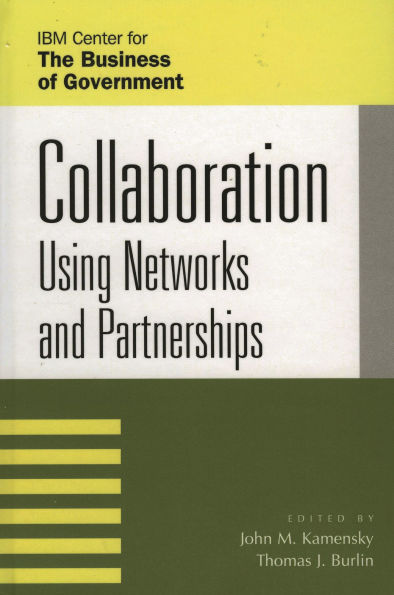Collaboration: Using Networks and Partnerships
As government faces more complex problems, and citizens expect more, the way government delivers services and results is changing rapidly. The traditional model of government agencies administering hundreds of programs by themselves is giving way to one-stop services and cross-agency results. This translation implies collaboration—within agencies; among agencies; among levels of governments; and among the public, private, and nonprofit sectors. The first part of this book describes what networks and partnerships are. The second part presents case examples of how collaborative approaches have actually worked in the public sector, when they should be used, and what it takes to manage and coordinate them.
1147607485
Collaboration: Using Networks and Partnerships
As government faces more complex problems, and citizens expect more, the way government delivers services and results is changing rapidly. The traditional model of government agencies administering hundreds of programs by themselves is giving way to one-stop services and cross-agency results. This translation implies collaboration—within agencies; among agencies; among levels of governments; and among the public, private, and nonprofit sectors. The first part of this book describes what networks and partnerships are. The second part presents case examples of how collaborative approaches have actually worked in the public sector, when they should be used, and what it takes to manage and coordinate them.
159.0
In Stock
5
1

Collaboration: Using Networks and Partnerships
400
Collaboration: Using Networks and Partnerships
400
159.0
In Stock

Product Details
| ISBN-13: | 9780742535138 |
|---|---|
| Publisher: | Bloomsbury Academic |
| Publication date: | 03/19/2004 |
| Series: | IBM Center for the Business of Government |
| Pages: | 400 |
| Product dimensions: | 6.00(w) x 9.00(h) x 1.06(d) |
About the Author
From the B&N Reads Blog
